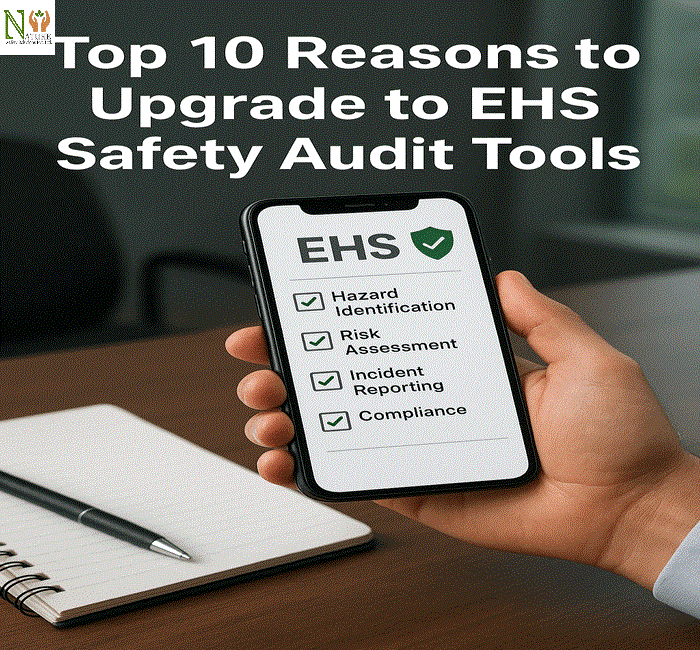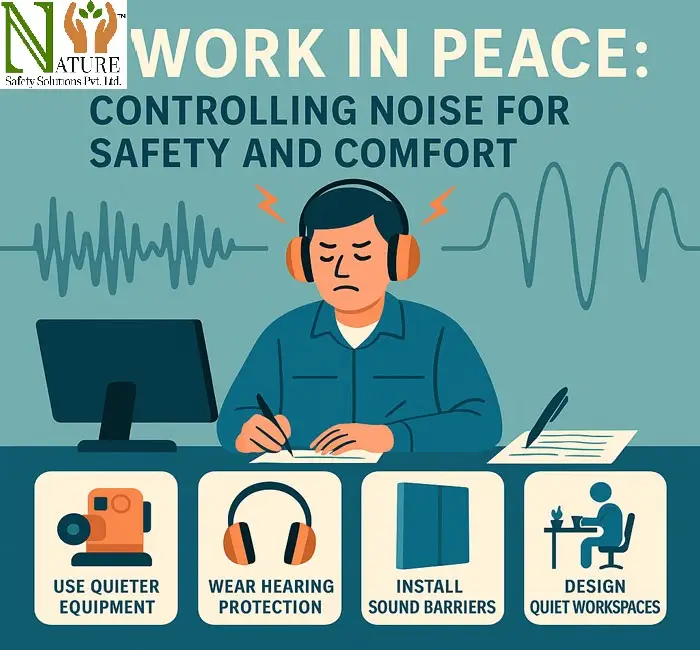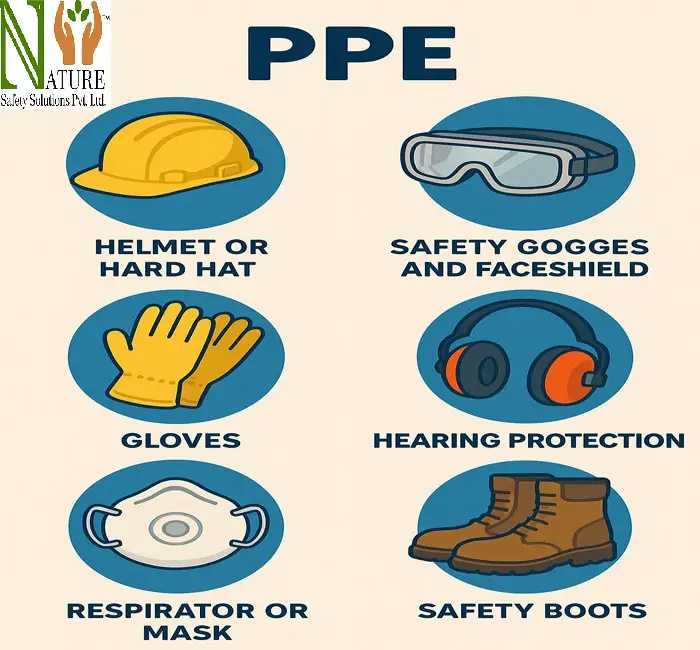
Top 10 Reasons to Upgrade to EHS Safety Audit Tools
To keep up with rapid changes in the workplace and to improve productivity, the management of Environmental, Health, and Safety (EHS) risks has never been more critical for all types of businesses. Managing workplace safety is not simply meeting regulatory requirements; it also helps protect employees, property, and helps increase

Work in Peace: Controlling Noise for Safety and Comfort
While many companies and employees overlook noise pollution as a major hazard in the workplace, it can seriously affect employee productivity. Long-term exposure to excessive amounts of noise may result not only in permanent hearing loss but quite often memory loss, impaired ability to concentrate, heightened feelings of anxiety, ability

The Role of PPE in Industrial Safety
The primary use for Personal Protective Equipment (PPE) is that it helps establish the safest feasible working situations within an industrial environment. There are several different kinds of hazards associates with working within such an industrial environment, including but not limited to; chemical exposure, heavy machinery operations, falling objects, noise,

Creating a Safety-First Culture: Training and Leadership
Safety is More than A Checklist Today Safety is not just a checklist, it’s also a way to work and with this mindset, the concept of safety becomes a value and a behaviour at all levels of the company (from the leadership team down to new employees). This culture continues

10 Workplace Safety Tips You Can’t Ignore
To maintain workplace safety, each employee should make safety part of their daily routine. There is a wide variety of places that you can work, including offices, warehouses, factories, and construction sites. Each workplace has unique jobs; however, all workplaces present potential hazards that must be identified by employees. When

The Impact of Indoor Plants on Air Quality and Employee Health
Modern workplaces are busy places filled with technology, artificial light, and air conditioning. People spend 90 percent or more of their time indoors. Although they are designed for comfort and productivity, these environments can sometimes create hidden health issues due to things like indoor air quality and stress. A simple,

Staying Safe at Work: Recognizing and Responding to Violent Threats
Workplace violence is increasingly an issue in all fields and occupations, ranging from simple verbal abuse and threats, to physical assaults and, in the most severe cases, fatalities. Regardless of the source – commonly from internal issues, angry employees, or an outside entity – workplace violence impacts operations, colleague morale,

Flame Detector Close-Up: The Technology Behind Fire Safety
Fire is both a significant benefit and a serious risk. Fire is a useful aid in cooking, generating energy, and warming ourselves, but it can also make homes, buildings, and lives disappear within mere minutes. That is why early detection of fire is paramount. Of all of the devices we

The Role of EHS Professionals in a Post-Pandemic World
The world has changed significantly regarding workplace safety, health, and environmental awareness due to the COVID-19 pandemic. In the process of adjusting to new normal, the role of the Environmental, Health and Safety (EHS ) professionals has become more vital than ever. In the post-pandemic world, EHS professionals have become
